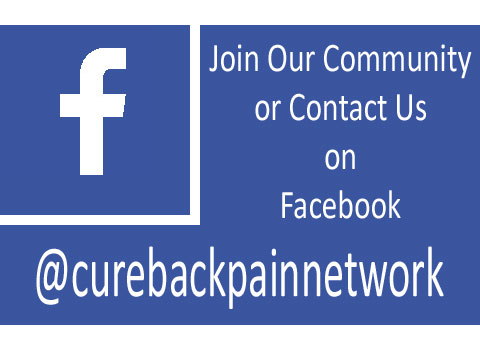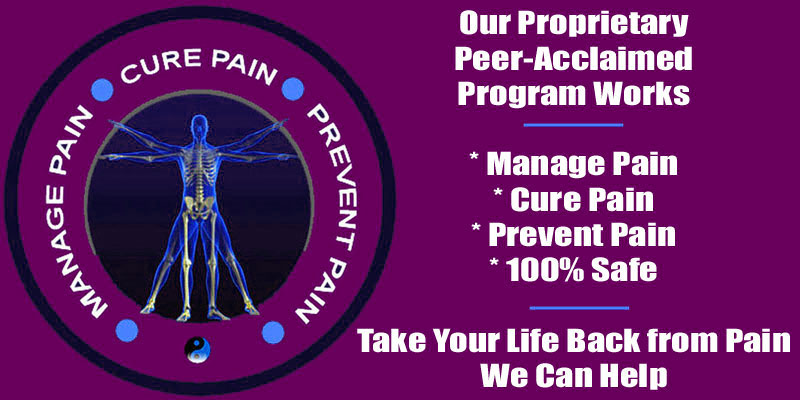
Scoliosis from osteoporosis is a common consequence of bone softness, weakness and porosity. Osteoporosis, and its precursor condition of osteopenia, can contribute to adult scoliosis and make other existing types of scoliosis worsen in old age. In fact, low bone density has been identified as a primary causative and exacerbating factor in many cases of adult developed side-to-side spinal curvature.
Osteoporosis and osteopenia are skeletal problems wherein the bones become weak, porous and brittle. Osteoporosis is a relatively common condition in the elderly and usually will not begin before the latter years of middle age. Adults reach their optimal bone strength in their thirties and then it is all downhill from there…
This dialog focuses on clarifying the link between bone density and scoliotic formations. We will investigate how osteoporosis influences spinal curvature and also provide some tips on avoiding bone density concerns later in life. After all, the sooner preventative measures can be implemented, the more effective these practices will be.
Scoliosis from Osteoporosis and Osteopenia
Osteopenia and osteoporosis represent 2 different severities of low bone density and subsequent porosity. Osteoporosis is more clinically serious than osteopenia. Both conditions are common consequences of getting older and related closely to our diet, level of fitness activity and general health.
While most scoliosis is idiopathic, doctors know that porous bones tend to curve abnormally more often than strong, solid bones. Softer bones can also be pulled out of alignment easier by muscular issues, such as spasms, imbalances and strain. Therefore, it is easy to understand that as we age, degenerative adult scoliosis becomes the fate of many people, particularly those who demonstrate soft, weak bones.
Spinal Curvature and Osteoporosis Relationship
Bone porosity encourages the spinal aging processes, allowing general osteoarthritis to escalate, facet joint deterioration to occur and spinal curvatures to change in size, direction and shape. Scoliosis represents an atypical side-to-side curvature of the spine and might be directly caused or contributed to by osteopenia and osteoporosis. However, bone density issues can also influence changes in lordosis and kyphosis, as well as help facilitate vertebral rotation. Many scoliosis patients display all of these conditions simultaneously.
Since scoliosis puts strain on the vertebral column and since bone porosity weakens the structural integrity of the bones, injury is often seen in cases of developed adult scoliosis, particularly in elderly patients. Scoliotic vertebrae in osteoporosis patients are more likely to suffer compression and stress fractures, particularly at areas where they meet other spinal bones, such as at the pars interarticularis and facet joint connections. Significant fractures can cause the migration of vertebral bones, resulting in a diagnosis of spondylolisthesis, in addition to adult scoliosis.
Preventing Scoliosis from Osteoporosis
Doctors have known for many years exactly how to prevent osteoporosis in most people. A healthy diet, plentiful skeletal-loading exercise and a generally active, healthy lifestyle will do more good towards preventing weak bones than any pharmacological product could accomplish towards curing the conditions once they begin. However, getting the general public to actually be responsible and accountable for their health is a difficult proposition, as the current epidemic of obesity clearly proves…
Furthermore, while it is never too late to treat osteoporosis, it is best to start prevention efforts at an early age and in fact, steps should begin as soon as life begins. In essence, by working continuously towards being healthy, mind, body and spirit, not only will people prevent osteoporosis, but will also help minimize the most significant of all threats to life, health and happiness.
Once osteopenia or osteoporosis are diagnosed, it is often too late to utilize the best forms of prevention, but at least drug therapies can help to reduce the collateral effects of bone loss, unfortunately at the expense of other bodily systems, which will suffer some negative effects from these pharmaceutical toxins.





